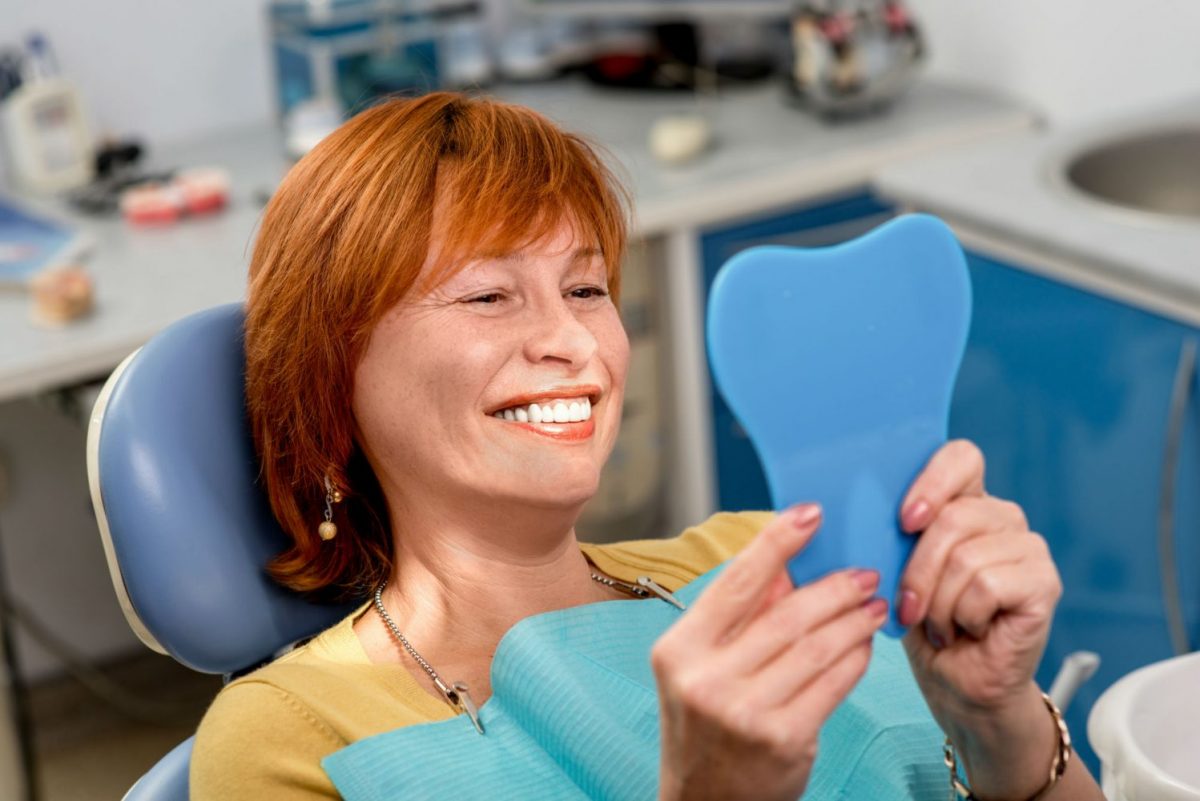 ALL TEETH MISSING
ALL TEETH MISSING
Benefits of a fixed bridge on implants
When all teeth are missing or in such condition that they need to be replaced, a fixed bridge anchored to dental implants is the best permanent solution
Before dental implants, there were no fixed solution available for people who lost all their teeth. Today, it is possible to replace a full jaw with dental implants and a fixed bridge that results in a permanent, stable and high esthetic solution.
- Lets you eat and function like having natural teeth
- A solid, stable solution that will serve you for life
- Preserves your facial appearance and prevents bone loss
Treatment:
The treatment procedure and number of visits is largely dependent on the specific conditions. But all in all, 8-10 visits should be enough to have a fixed bridge installed. Most patients report that they were much more comfortable following the procedure than they had anticipated.
COURSE OF TREATMENT
INSTALLING THE FIXED BRIDGE– STEP-BY-STEP
The course of treatment described here is one of several options available. Consult your dentist to find out what the best solution is for you, given your specific condition.
 |  |
| 1: Before the procedure The dentist determines what needs to be done and prepares both himself and the patient for the coming treatment procedure. | 2: Installing the implants The first step is installing dental implants to replace the lost tooth roots. In this case, five implants are used. Temporary teeth are attached that enable you to eat and function like normal while waiting for the permanent bridge to be installed. |
 |  |
| 3: Attaching the bridge The final bridge is securely installed on top of the implants. With a full jaw replacement like this, it normally takes 2-3 visits to have the bridge completely attached. | 4: End result Your new teeth should be hard to tell from natural – both for you and others. People who have had traditional dentures before getting a fixed bridge often describe this as an overwhelming and very positive experience. |
ALTERNATIVES TO A FIXED BRIDGE
 | An alternative to a fixed bridge is a removable overdenture, which is anchored on implants. The old fashioned denture has many disadvantages and should be avoided if possible. |
 | Removable, implant anchored overdenture A removable full denture that is connected to either a ball or bar attachment, which in turn is anchored on two or more implants in the front part of the jaw. The implants help keep the denture in place and provide better function and comfort. Cost is usually the reason why this solution is chosen over a fixed bridge – although the end result can’t be compared. |
 | Removable full denture A denture that is loosely placed on top of the gum to cover the lost teeth. This alternative has no real advantages – except for its low price and easy installation. The disadvantages are many: discomfort in eating, poor esthetics, affected speech, and sore gums from denture movement. Moreover, a full denture placed in the upper jaw severely reduces the sense of taste. |











 SINGLE TOOTH MISSING
SINGLE TOOTH MISSING







